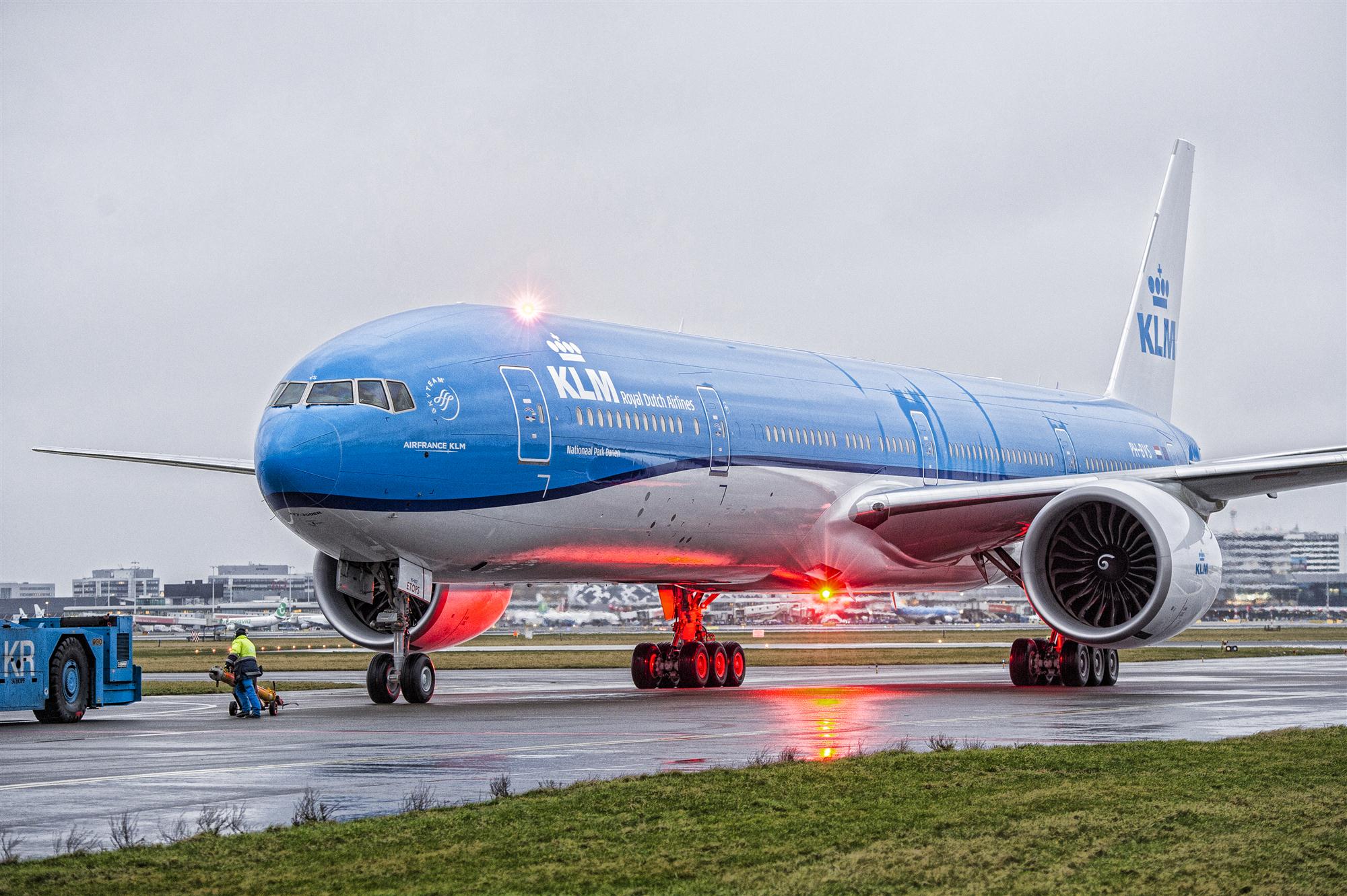Amid an ongoing restructure of its cargo business, Air France-KLM posted an operating loss of €244 million (US$272 million) for Air France KLM Martinair Cargo for 2016, as well as a 6.2% decrease in tonnage. The results also showed that total cargo revenue fell 14.7% year-on-year to €2.07 billion (US$2.18 billion) in 2016, while the load factor decreased by 1.1 percentage points to 59.3%.
But the carrier isn’t giving up, and is determined to stick to its plan to turn the business around by reducing costs, streamlining operations and digitalizing processes.
“The yield of the whole air cargo industry, not just AFKLM, collapsed in 2016, especially in Asia where I was last year, so that was reflected in the reduction of revenue,” says Christophe Boucher, who used to be regional VP of Asia and is now SVP of sales and distribution at Air France KLM Martinair Cargo. “Was that disappointing? Yes. The last ‘good’ year was 2010, when we and all the other airlines did pretty well. So after five years of decline, we could have expected the market to be a bit more balanced. That was not the case until the fourth quarter, where we saw a rebound which remained for the first quarter of 2017.”
The group has continued to restructure its cargo unit to address weak global trade and industry overcapacity by cutting down the number of full freighters it flies, resulting in a 4.6% reduction in total available cargo capacity in 2016. The operational fleet now stands at six, consisting of one Boeing 747-400BCF and three 747-400ERFs based in Amsterdam, and two 777Fs based in Paris.
“I think at AFKLM we made a good choice to keep some freighters but only a limited number and to try to do more with passenger belly capacity,” says Boucher. “If you look at the levels reached by rates in 2016, you can see that it was probably the right decision in terms of profitability.”
The carrier is not in the process of studying any replacements at this stage, given that the plan is to keep the freighter fleet as it is and to first make it work efficiently and effectively.
“The first question is whether we can make them as profitable as possible before we look at what kind of aircraft to replace them with and when,” Boucher says. “After that, when the question of renewal comes up, we can go to the board and ask for these aircraft to be replaced. But the target is very clear and in the coming years that’s what we’ll be looking at doing. They’re also still relatively young so we can keep them for several more years.”

According to Boucher, any further reduction in freighter capacity is unlikely for now because six is about the right number to serve niche markets where there isn’t enough belly capacity, such as West and East Africa, South America and Mexico. For the time being, the company isn’t considering increasing its freighter footprint in Asia.
“I know that a big share is still on full freighters, but the problem for us was one of profitability,” says Boucher. “Filling these aircraft was not a problem, but with the rate levels at the time it was not possible to be profitable. We are here not only to carry cargo, but to also be profitable. Approximately 90% of cargo is belly-compatible, so what we’re doing with the freighters is to only target the 10% with a limited number of routes.”
The top priority for Air France KLM Martinair Cargo in the months to come is stabilizing and improving operational performance. Boucher says that this applies across the board.
“If you look at the situation we had in both the Paris and Amsterdam hubs, we had to restructure because our costs were too high and we weren’t flexible enough,” he says. “When yield goes down you also have to take care of your costs. So we did that in 2016 and the new structure is in place. Now we have to fine-tune it in order to make sure that we get to the optimal level of performance. For the second part of the year, the idea is really to get the benefits out of these possibilities. Air France, KLM and all the people involved in the cargo business within our group are really geared toward that.”
The company is renewing its IT infrastructure so that there will be a single unified system for Air France Cargo, KLM Cargo and Martinair Cargo. Approximately 85% has already been implemented, with the operational aspect to be rolled out during the course of 2018. Vis-à-vis its customers, the carrier launched real-time tracking and a digital inventory and booking tool. It also wants to continue developing myCargo, an online portal which provides users with an overview of their bookings and shipments.
“We’re in the process of rolling that out, but that’s not enough,” Boucher says. “That’s one part of developing our own tool to be able to interact one-to-one with the customers. We want to also look at host-to-host connections and to consider all the third-party options that are available. This will be very important in 2017 and all this new technology will enable us to do much more than we were able to before with less effort.”
Based on the overall trend in 2016, Air France KLM Martinair Cargo wasn’t expecting the last quarter of the year to turn out as well as it did. That, combined with the positive direction in which the first few months of 2017 appear to be heading, gives the company hope.
“We think that 2017 will be a good year for us,” says Boucher. “And with all the digital developments and the structural changes in operations that we have ongoing, we expect to grab the best out of the market.”
By Jeffrey Lee
Asia Cargo News | Munich